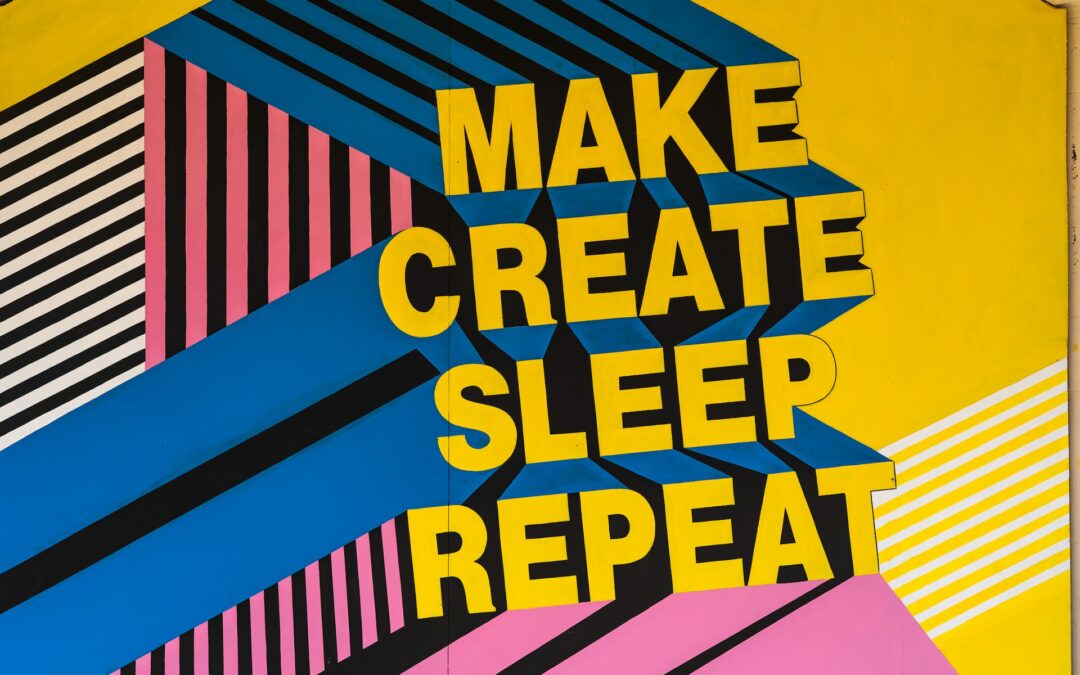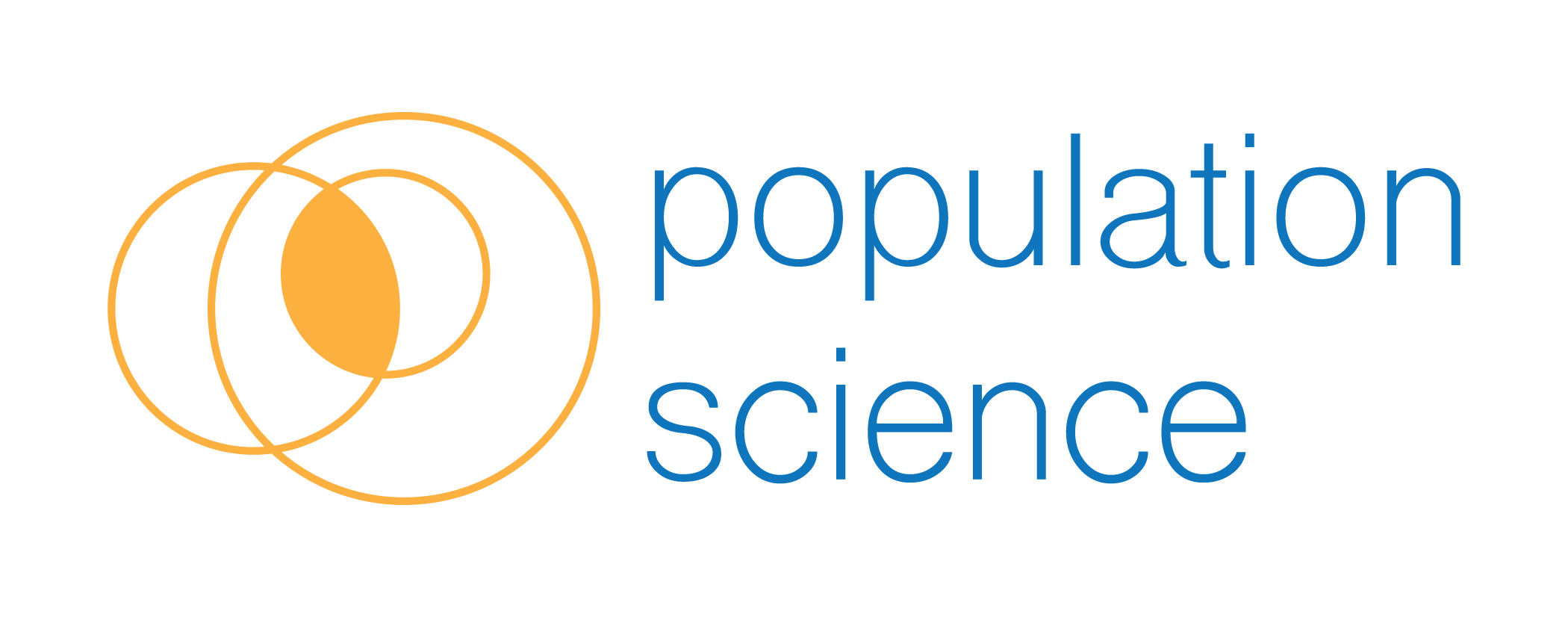
by Lisa Davis | Jan 24, 2023 | Digital Marketing
Building and executing a marketing campaign for your business can be costly and taxing on staff resources. With the right approach, you can successfully employ a low-cost strategy utilizing content generated from your consumers, known as user generated content or UGC, on a budget.
We aren’t advocating purchasing bot farms to spray your content via comment sections, or an expensive influencer to shill your product, either. Consumers value authenticity in marketing, placing a high value on testimonials and product demonstrations.
92% of marketers believe most or all of the content they create resonates as authentic, yet 51% of consumers say less than half of brands create content that resonates as authentic. Stackla
Getting your audience and customers involved in your marketing efforts and becoming brand advocates can be as simple as requesting a service review or testimonial, sharing a photo or video of customers utilizing the product via social media post with a thoughtful tag integrated across platforms. Once you get the content, it is important to know how to repurpose and use it effectively.
Reward participants by featuring their positive testimonial on your website or in your next email newsletter. Engage with the content produced by expressing gratitude or offering helpful tips on social media. Being responsive and creating a community improves platform and user engagement.
Additional rewards can be determined by hosting a Gleam contest with a discount code or gift card as a prize. After running the user generated content campaign and identifying enthusiastic supporters, you can host a brief AMA via Zoom, YouTube livestream, or Twitter Spaces, yielding more recorded content to showcase your brand or product.
Did you connect with a new professional at a networking event? Utilize LinkedIn to thank them publicly and discuss your mutual opportunities and goals. Include a photo to put a name with a face.
Learn more about user generated content strategies here. Stackla offers more insights on UGC here, too.
Check out these two easy tips for improving your digital marketing strategy here.
Are you thinking, “Great ideas, team, but I don’t have the internal capacity to manage a large scale content strategy. Now what?” We can help. Schedule your free 30-minute consultation by filling out the form below.

by Lisa Davis | Dec 15, 2022 | Digital Marketing, Programmatic
Whether you’re ready to graduate from Google Ads and Meta or you’re attracted to exciting new channels, selecting a demand side platform (DSP) partner to manage your programmatic journey is probably the most challenging process a marketing organization can undertake. No two DSPs are alike and each one boasts their own pros and cons that need to be carefully weighed. Before you start the process of researching potential DSP partners here are three items to consider:
Inventory
No DSP has access to all of the available digital ad supply out there. Ad platforms that also own and operate (O&O) web properties tend to make you buy that inventory from them directly. Examples include YouTube only being available from DV360/Google Ads and Prime Video is only available via Amazon DSP. Other platforms reach exclusive deals to manage inventory. For example, Yahoo DSP has a deal with Microsoft to manage XBOX, MSN, and other properties they own.
While there is nothing stopping you from working with multiple DSPs (if you have enough budget, more on this below), it is definitely easier to limit the number of DSPs you work with. The more platforms you add to your tech stack the more complicated it can become to manage.
We recommend that you determine what inventory is most important to you. Most DSPs specialize in being the platform of choice for specific types of inventory such as CTV, streaming audio, native, or high value O&O inventory.
Data
Data is another aspect to consider when selecting a DSP. Much like O&O inventory, major ad tech players can keep their data behind their walled garden. An example of this is the Amazon DSP. If you want to target consumers based upon the ecommerce data (or Whole Foods data) that Amazon has, you have to use their DSP to do it.
It is pretty easy to identify the handful of DSPs with unique data sets. Amazon, DV360 (Google), Yahoo, Roku, and Beeswax (Comcast) are the main players with large amounts of O&O data. Are you looking to target households with CTV? Perhaps you should look at Beeswax or Roku and their access to subscriber data. Is Google ads a major source of traffic for you right now? Perhaps it’s time to step up to DV360 to significantly increase the targeting/segmentation options there.
Budget
Knowing that Google and Amazon have unique data as well as high value O&O inventory, it is logical that many buyers want to use their DSP. Unfortunately, to work directly with either platform you need a seven-figure budget. Otherwise, you will be forced to work with one of their partners to access the DSP. These marketing partners will take a small cut of your spend, but you will still need to commit to spending six figures per year to access these platforms.
The next item to consider is whether or not you have the bandwidth to learn, setup, and manage your own DSP (self-service) or if you need the platform to manage it for you (managed service). If you do not have a very experienced media buyer on staff, managed service is probably the best option for you. There is a pretty steep learning curve to understanding DSPs, so it’s not for a beginner. That said, managed service comes at a premium cost since the platform will need to staff your account with support.
As you can see there are a lot of big decisions that go into selecting a DSP. There is no one size fits all approach to this process. If you are looking for some advice on which platform is right for you, feel free to connect with us. We are happy to help!



